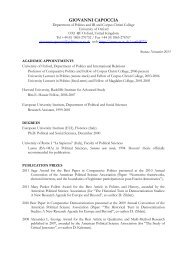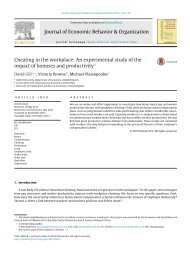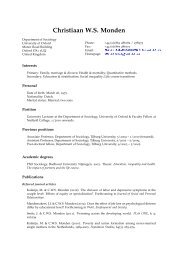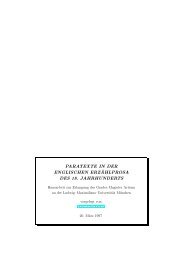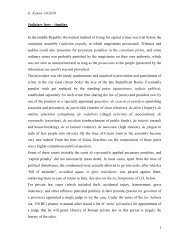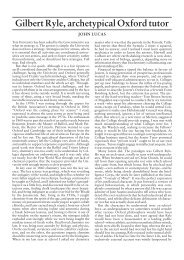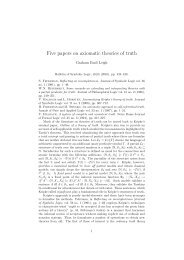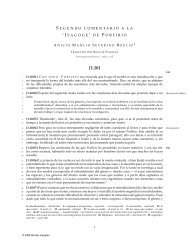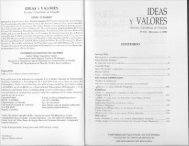Lexical Functional Grammar - Personal Pages Index
Lexical Functional Grammar - Personal Pages Index
Lexical Functional Grammar - Personal Pages Index
Create successful ePaper yourself
Turn your PDF publications into a flip-book with our unique Google optimized e-Paper software.
Glue analyses of quantification, intensional verbs, modification, coordination,<br />
and other phenomena have been explored (Dalrymple, 1999). A particular<br />
challenge for the glue approach is found in cases where there are apparently<br />
too many or too few meaning resources to produce the correct meaning for a<br />
sentence; such cases are explored within the glue framework by Asudeh (2004).<br />
6 Preferences and parsing<br />
From its inception, work on LFG has been informed by computational and<br />
psycholinguistic concerns. Recent research has combined LFG’s syntactic assumptions<br />
with an optimality-theoretic approach in an exploration of OT-LFG<br />
(see Optimality Theory, OT-LFG). Other work combines LFG with Data-<br />
Oriented Parsing, a new view of language processing and acquisition. There<br />
have also been significant developments in parsing and generating with LFG<br />
grammars and grammars in related formalisms.<br />
6.1 Data-oriented parsing and LFG<br />
Theframework of Data-Oriented Parsing or DOP, developed primarily by Rens<br />
Bod and his colleagues, represents a new view of the productivity of language<br />
and how it can be acquired on the basis of a finite amount of data. DOP views<br />
language acquisition as the analysis of a pool of linguistic structures that are<br />
presented to the language learner. The learner breaks up these structures into<br />
all of their component pieces, from the largest pieces to the smallest units, and<br />
new utterances are assembled from these pieces. The likelihood of assigning a<br />
particular analysis to a new sentence depends on the frequency of occurrence<br />
of its component parts, both large and small, in the original pool of structures.<br />
LFG-DOP (Bod & Kaplan, 1998) specializes the general DOP theory to<br />
LFG assumptions about linguistic structures and the relations between them.<br />
LFG-DOP assumes that the body of linguistic evidence that a language learner<br />
is presented with consists of well-formed c-structure/f-structure pairs. On this<br />
view, language acquisition consists in determiningtherelevant component parts<br />
ofthesestructuresandthencombiningthesepartstoproducenewc-structure/fstructure<br />
pairs for novel sentences.<br />
6.2 Parsing<br />
Several breakthroughs have been made in the parsing of large computational<br />
LFG grammars. Maxwell & Kaplan (1991) examine the problem of processing<br />
disjunctivespecificationsofconstraints, whicharecomputationally verydifficult<br />
to process: in the worst case, processing disjunctive constraints is exponentially<br />
difficult. However, this worst-case scenario assumes that every disjunctive constraint<br />
can interact significantly with every other constraint. In practice, such<br />
interactions are found only very rarely: an ambiguity in the syntactic properties<br />
of the SUBJ of a sentence rarely correlates with ambiguities in the OBJ or<br />
other arguments. This insight is the basis of Maxwell & Kaplan’s algorithm,<br />
which works by turning a set of disjunctively specified constraints into a set of<br />
22



